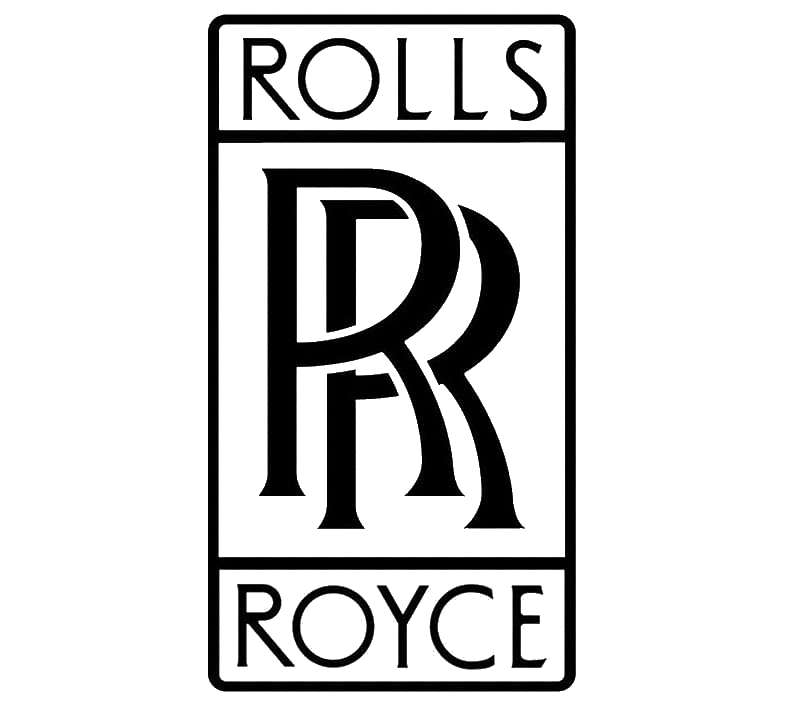Grumman Aerospace Grumman F-11 Tiger
 |
|
| VF-21 F11F-1 Tigers in left echelon formation | |
| Role | Fighter aircraft |
|---|---|
| Manufacturer | Grumman |
| First flight | 30 July 1954 |
| Introduction | 1956 |
| Retired | 1961 (Carrier) 1967 (Training)1969 (Blue Angels) |
| Status | Retired |
| Primary user | United States Navy |
| Produced | 1954–1959 |
| Number built | 199 |
| Variants | Grumman F11F-1F Super Tiger |
.
History Grumm![]() an Aerospace
an Aerospace
Grumman F11F-1/F-11A Tiger Produced 1954–1959
Design and development



The origins of the F11F (F-11) Tiger can be traced back to a privately funded 1952 Grumman concept to modernize and improve the F9F-6/7 Cougar, a popular early jet-powered carrier aircraft. The design team opted to implement the area rule along with several other advances into the project, which was internally designated G-98. Design objectives included the minimisation of the aircraft's size. By the time that the design process was concluded during 1953, it had become a complete departure from the Cougar, bearing little more than a vague resemblance to the preceding aircraft.
0
KmTake off Distance
0
mRange
0
MachAircraft Speed
0
Max Crew
Photo Gallery
Grumman
F11F-1/F-11A Tiger Produced 1954–1959


Grumman Aerospace Corporation
Grumman F11F-1/F-11A Tiger Produced 1954–1959
General characteristics
- Crew: 1
- Length: 45 ft 10.5 in (13.983 m)
- Wingspan: 31 ft 7.5 in (9.639 m)
- Width: 27 ft 4 in (8.33 m) wing-tips folded
- Height: 13 ft 2.75 in (4.0323 m)
-
Powerplant
- Empty weight: (6,264 kg)
- Gross weight: (9,541 kg)
- Max takeoff weight: 10,641 kg)
- Powerplant: 1 × Wright J65-W-18 afterburning turbojet engine, 7,450 lbf (33.1 kN) thrust at 8,300 rpm, military power dry, 10,500 lbf (47 kN) with afterburner
Specifications
- Maximum speed: (726 mph, 1,169 km/h) / M1.1 at (10,668 m); 1,211 km/h) at sea level
- Cruise speed: (577 mph, 928 km/h)
- Range: 1,110 nmi (1,280 mi, 2,060 km)
- Service ceiling: (15,000 m)
Armament
-
- Guns: 4 × 20 mm (.79 in) Colt Mk 12 cannon, 125 rounds per gun
- Hardpoints: 4 with a capacity of –, with provisions to carry combinations:
- Rockets: Aero 6A or Aero 7A "Rocket Package"
- Missiles: AIM-9 Sidewinder
- Other: 150 US gal (570 L) drop tank
-
-
Links to Youtube & Others
Seven U.S. Navy squadrons flew the Tiger, these included VF-21 and VF-33 in the Atlantic Fleet and VA-156 (redesignated VF-111 in January 1959), VF-24 (redesignated VF-211 in March 1959), VF-51, VF-121, and VF-191 in the Pacific Fleet.
Grumman
F11F-1/F-11A Tiger
By 1961, the Tiger had been permanently withdrawn from carrier operations.
Youtube Link
While the Tiger's career as a fighter was relatively short, the Blue Angels performed in the aircraft between 1957 and 1969,
















.svg.png)